Description
Diazepam
Diazepam (Mexico) is a tranquilizer that is prescribed for a variety of nervous system disorders and psychiatric disorders. The active ingredient is characterized by anticonvulsant, sedative, hypnotic, and central myorelaxant effects.
Diazepam mechanism of action
Diazepam’s effectiveness lies in increasing the concentration of the mediator GABA, which inhibits nervous system activity. The drug increases the sensitivity of neuronal cell membranes to the mediator. The anticonvulsant and myorelaxant effect is provided by the effect on the neurons of the cortical centers and the spinal cord.
Diazepam for sleep is prescribed due to its soporific and sedative effect. The drug relieves emotional tension and a constant feeling of anxiety. Diazepam is used for seizures due to its relaxing effect on muscles, anticonvulsant effect.
Diazepam is prescribed for dizziness, for neurosis, which is manifested by insomnia, anxiety, fear, tension. The drug is effective in psychosomatic disorders, which are accompanied by emotional manifestations, spastic paralysis, epilepsy. In alcoholism, the active substance helps to get rid of the abstinence syndrome. The drug is prescribed for the treatment of schizophrenia.
If this product does not meet your needs or interests, you may want to look at Alzam Alprazolam. Please visit this link for further information on our Anxiety medications.
How long does diazepam work?
Diazepam dosage 10 mg reaches the maximum concentration in the blood in 1-2 hours. The amount of the active substance in the body gradually decreases after 6 hours. Passes through the blood-brain barrier and the placental barrier. The drug is transformed into active metabolites in the liver. The main active metabolite reaches the maximum concentration in the blood after 24-36 hours.
How long does Valium stay in your system?
A long-acting drug used for treating anxiety disorders. It remains in the body for up to 90 days: in urine for up to 6 weeks; in blood for up to 48 hours; in saliva for up to 10 days; in hair for up to 90 days.
After taking Valium 10mg, the effect of the drug is felt from 1 minute to 1 hour, depending on the method of administration.
How long does Valium last?
The half-life of 10 mg Valium is 24-48 hours; in elderly patients, due to decreased hepatic metabolism and clearance, the half-life is 2-4 times longer than in younger patients.
Valium: dosage
Valium pill is used orally. The dosage of the drug depends on the symptoms of the disease and the age of the patient. Only the attending physician decides how to take Valium. The information is of an informative nature only. Consult your doctor before you buy Valium online.
The standard dosage is 2.5-10 mg 2-3 times a day, the maximum is 60 mg per day.
It is important to choose the correct dosage, starting with the lowest effective dose depending on the pathological condition to be treated.
Treatment should be brief, and the patient should be followed up regularly to see if the therapy should be continued.
|
Adults |
Daily dose |
|
Anxiety |
Depending on the severity of the symptoms, 2 to 10 mg from 2 to 4 times a day |
|
Alcohol withdrawal |
10 mg 3 – 4 times during the first 24 hours, reducing to 5 mg 3 or 4 times daily as needed |
|
For relief of skeletal muscle regurgitation |
2 mg-10 mg 3 to 4 times daily |
|
Cramps |
2 mg-10 mg 2 to 4 times daily |
|
Elderly patients or in the presence of debilitating conditions |
2 mg to 2.5 mg, 1 to 2 times daily for the first few days; gradually increase the dose as needed and tolerated |
Treatment with Valium medication should not exceed 1 month for insomnia and 8-12 weeks for anxiety. Do not stop the drug suddenly.
Valium: generic name
If you want to search and order Valium generic, you must look for the name of the active substance in the drug – Diazepam.
Valium for sleep
Diazepam, the active ingredient in Valium, is a medicine useful in the treatment of insomnia caused by anxiety and stress. The main mechanism of sleeping pills is to inhibit the reticular formation cells of the brainstem.
Valium vs Xanax
The drugs have different active ingredients and dosages in their composition. Although the drugs with similar indications, they are still different drugs.
Let’s look at the differences:
|
Name |
Valium |
Xanax |
|
Side Effects |
Drowsiness, general weakness, dizziness, confusion, impaired or suppressed emotions, double vision and headache. |
Gastrointestinal: dry mouth or heavy salivation, heartburn, abdominal pain, nausea, sometimes vomiting, lack of appetite, constipation or diarrhea, liver disorders. |
|
Half-life period |
48 hours |
From 11 to 13 hours |
|
Form |
10 mg tablets |
0.25 mg tablets |
|
Contents |
The active substance diazepam |
The active substance alprazolam |
|
Duration of use |
Up to 1 month. More than 4 weeks is not recommended. |
From 6 to 8 months |
You can buy Valium online in our pharmacy. The price of the drug includes a prescription from a qualified doctor.
Valium for anxiety
The most striking effect of treatment with benzodiazepines, Valium, in particular, is the anxiolytic effect. In this sense, the drug acts as a sedative, eliminating fears and panic attacks.
Valium for pain
Valium medication is a muscle relaxant and anxiety reliever. Muscle tension, stress, fear, and anxiety can cause headaches, and Valium eliminates the main causes of headaches.
However, the drug should not be taken for long periods of time, as it’s addictive. For those diagnosed with an anxiety disorder, drugs of this group are often prescribed. But headaches can be relieved with less addictive medications such as caffeine, acetaminophen, and aspirin.
Valium withdrawal symptoms
Prolonged use of the drug can lead to psychological and physical dependence. Therefore, when therapy ends, withdrawal symptoms such as sleep disturbances, increased dreaming, anxiety and tension, and internal anxiety may occur.
The dose should be reduced gradually to avoid withdrawal symptoms. The need to increase the dose may be a sign that tolerance to the medication is developing. Once the dose is reduced, the drug should be discontinued.
Diazepam half-life
The half-life of the drug occurs 20-70 hours after administration. The drug and its metabolites are excreted in the urine.
Diazepam dosage table
Diazepam dosage 10 mg is determined individually, taking into account the patient’s condition, the effect of treatment. It is necessary to start therapy with a minimum dose, which is enough to relieve the main symptoms of the disease. The duration of treatment of insomnia is not longer than 4 weeks. Therapy of anxiety states should not last longer than 8-12 weeks, including withdrawal of the drug, which is carried out gradually.
The dosage of the drug depends on the disease.
-
Unreasonable anxiety 5-30 mg per day
-
Insomnia with anxiety disorder 5-15 mg before bedtime
-
Muscle spasms 5-15 mg 2-3 times a day
-
Spasms caused by cerebral etiology, 2-60 mg daily.
Diazepam dosage 10 mg is withdrawn gradually. With prolonged therapy, more time is needed for withdrawal. The medication is not administered to children without an assessment of need. In the case of treatment of children, its duration should be kept to a minimum.
Diazepam overdose
Symptoms of overdose include drowsiness, decreased reflexes, drop in blood pressure, respiratory depression, and coma. Respiratory impairment is severe. Coma may last for several hours, complications in elderly patients are possible. Overdose is aggravated by alcohol.
In case of overdose, symptomatic treatment in the hospital is carried out. Activated charcoal should be taken to prevent absorption from the gastrointestinal tract. If the patient has lost consciousness, it may be necessary to do a piece of breathing. The antidote to diazepam is flumazenil, which should be used when the central nervous system is depressed. The antidote is characterized by a fast half-life – 1 hour, so the patient needs to be carefully monitored in the hospital.
Contraindications
The drug should not be taken in case of individual intolerance of individual components. The drug is not prescribed in severe respiratory failure, nighttime apnea syndrome. It is possible to aggravate the condition when receiving patients with renal insufficiency. Treatment with the drug is contraindicated in phobias and obsessive states, chronic psychosis. Because of overdose risk, disturbance of concentration, and nervous and respiratory system functioning, the drug is not prescribed to patients with alcohol and drug addiction. It is contraindicated during pregnancy and lactation.
Contraindications to the use of Valium
Valium medication is contraindicated in patients:
-
with hypersensitivity to drugs of the group of benzodiazepines and additional components that are included in the drug;
-
with a severe form of myasthenia gravis;
-
with severe respiratory insufficiency;
-
nocturnal apnea syndrome;
-
severe hepatic insufficiency;
-
severe renal insufficiency.
Valium is prescribed with caution in patients with a history of abuse of alcohol or narcotics, strong drugs. Consumption of alcoholic beverages is inadmissible during treatment with Mexican Valium.
Do not use it for drivers of vehicles and people whose activities require quick mental and physical reactions, as well as those connected with a high concentration of attention.
Valium: side effects
Side effects may occur at the beginning of treatment. The most important side effects include daytime sleepiness and weakness, with impaired alertness and responsiveness.
Other possible side effects of Valium 10 mg:
-
dizziness,
-
confusion,
-
impaired gait and movement,
-
headaches and temporary memory lapses, up to and including amnesia.
If the patient has a history of depressive disorders, the drug may exacerbate previously identified symptoms. Sensory disturbances and reversible effects of Valium may also occur.
Prolonged or repeated use of the drug may reduce its effectiveness. Temporary disturbances such as delayed or slurred speech, visual disturbances, and instability in movement and gait may also occur with prolonged use of high doses.
Diazepam and its effects on the body
Diazepam is a psychotropic drug from the benzodiazepine group. Diazepam has sedative, anxiolytic and anticonvulsant effects, relaxes muscles, and helps you fall asleep. Used primarily in psychiatry and neurology. Diazepam is the active ingredient in Relanium and Valium. Like other benzodiazepine drugs, Mexican Diazepam increases the activity of the neurotransmitter GABA, which inhibits the thalamus, hypothalamus, and limbic system, thereby reducing the excitability of neurons responsible for causing anxiety.
Diazepam: indications
Your doctor may prescribe blue Diazepam in cases such as:
- Emergency, short-term treatment of anxiety, also associated with insomnia
- Alleviation of aggressive behavior
- Alcoholism therapy means the treatment of sudden withdrawal symptoms
- Treatment of certain types of epilepsy
- Sometimes in the treatment of psychosis
- In premedication before some diagnostic and therapeutic procedures
- Treatment of conditions of increased muscle tone.
Before you buy Diazepam online, read the information carefully and be sure to consult a physician who will select the correct dosage and duration of treatment.
Diazepam: dosage
Only the doctor decides in what doses and how often the patient should take Diazepam. You can buy Mexican Diazepam at your local pharmacy or order Diazepam online on our website. The cost will include a doctor’s prescription.
Diazepam may be taken orally (tablets, oral suspension), intramuscular injections, or rectal enemas. Treatment with Diazepam should not exceed 4 weeks. To avoid or at least reduce withdrawal symptoms, you should gradually reduce your doses to zero. You should not consume alcohol for at least 36 hours after taking Diazepam.
What are the side effects?
Using Diazepam for a long period of time can lead to mental and physical dependence. Suddenly stopping Mexican Diazepam can lead to the development of withdrawal symptoms.
The most common side effects are:
- Decreased intellectual performance and reaction speed
- Dizziness
- Incoordination of movements
- Impaired gait
- Confusion
- The slowness of speech.
Before you buy Diazepam, remember that the medication makes it impossible to drive a car and work with other mechanical devices. You should not drive a car or other vehicles, operate machinery, drink alcohol, or take certain medicines while you are taking this drug.
How long after taking Diazepam can you drink alcohol?
It takes a long time to be eliminated from the body, with a half-life of 20-50 hours, so it takes several days to eliminate it completely. You should not drink alcohol during these few days.
Diazepam vs Lorazepam for anxiety
The main difference between Lorazepam and Diazepam is that Diazepam stays in the body much longer than Lorazepam. Lorazepam lasts up to 18 hours. If you buy Diazepam or Valium, the half-life is up to 50 hours. Consequently, Lorazepam belongs to the group of drugs of intermediate action, and Diazepam to the long-acting anxiolytics. Lorazepam is metabolized in the liver, known as glucuronidation. Diazepam is also metabolized in the liver, only by cytochrome enzymes. As a result, Diazepam interacts better with other drugs, unlike Lorazepam.
Both drugs are prescribed to treat seizures (epilepsy). They can also be used as premedication before surgery to calm you down. So you can buy Diazepam online to treat insomnia and anxiety.
Diazepam is FDA approved for the treatment of alcohol withdrawal syndrome and muscle spasms. Remember that both drugs work well in treating insomnia caused by anxiety.
Diazepam. How long to take effect?
With short-acting medications (Alprazolam, Lorazepam), symptoms usually appear 1 to 3 days after withdrawal; with long-acting medications (Diazepam), it takes 4 to 7 days after withdrawal.
Diazepam: overdose antidote
If you have any adverse reactions while taking Diazepam, your doctor will prescribe an antidote.
Imidazobenzodiazepine, a competitive benzodiazepine receptor antagonist. It quickly stops (within 30-60 seconds) the effects of benzodiazepine derivatives, mainly sedative effect and impairment of psychomotor activity, to a lesser extent contributes to respiratory depression and memory impairment.

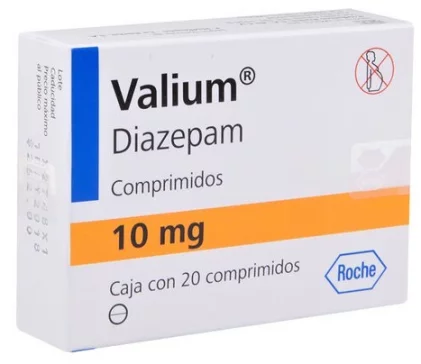
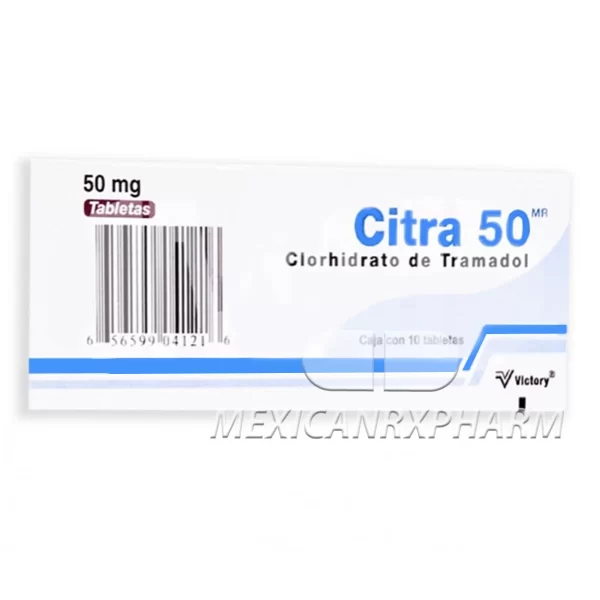



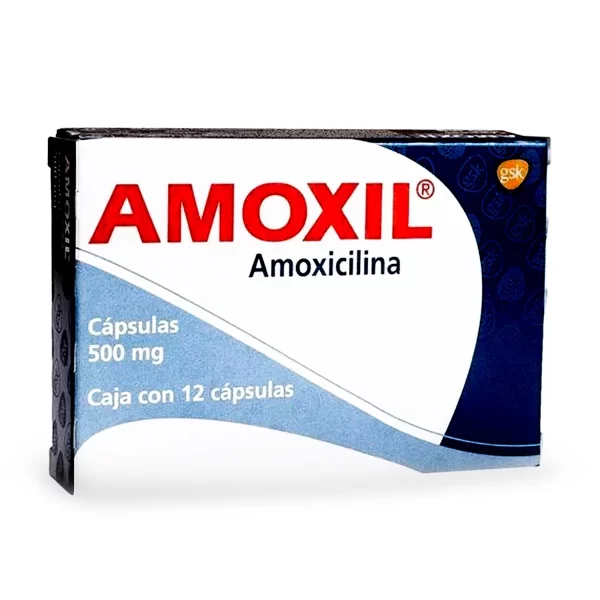




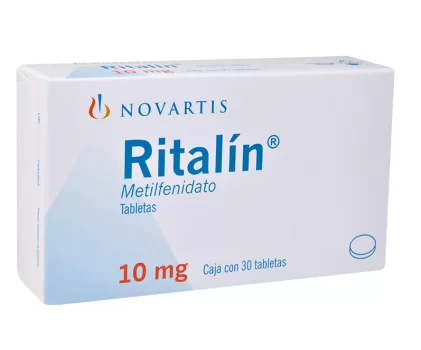

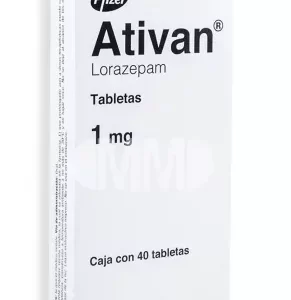
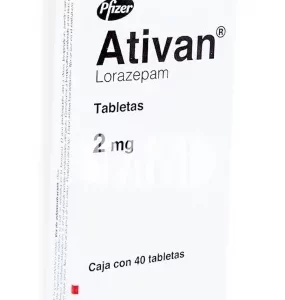
Reviews
There are no reviews yet.